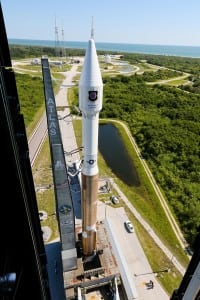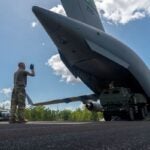
The House Appropriations defense subcommittee (HAC-D) approved the Defense Department’s July 10 reprogramming request to add $100 million and an additional fiscal year 2015 launch to the Air Force’s Evolved Expendable Launch Vehicle (EELV) program, according to a letter obtained by Defense Daily. In a Sept. 19 letter to Under Secretary of Defense (Comptroller) Michael McCord, HAC-D Chairman Rodney Frelinghuysen (R-N.J.) also approved a $22 million increase for the Air Force’s Cyberspace Vulnerability Assessment/Hunter (CVA/Hunter) weapon system. CVA/Hunter executes vulnerability,…













